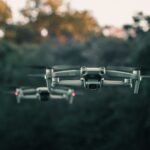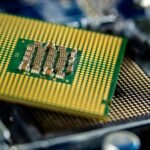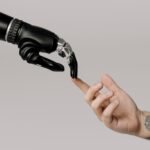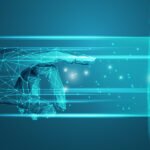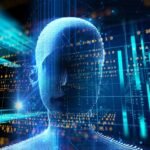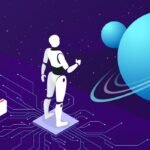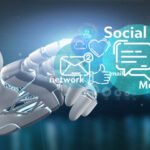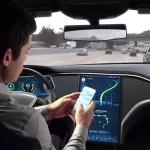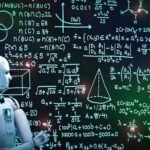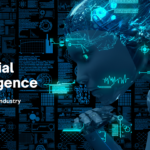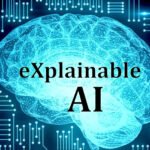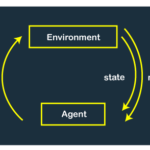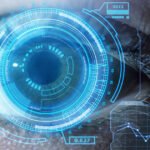When Betting on Linux Security, Look at the Big Picture
I recently came across an article that brought a smile to my face, a rarity in today’s tech landscape. Written by Jack Wallen for ZDNet, the article made a compelling case for Linux as a refuge from the security pitfalls often found in desktop operating systems of its competitors. While I’ve held this viewpoint for a while, what particularly impressed me was how the author aimed to convince a mostly non-Linux-using consumer tech audience.
The author’s pro-Linux desktop arguments were presented in a manner that even newcomers could easily grasp. However, if I were to point out a minor shortcoming, it would be that the article occasionally lacked detailed information. This is particularly relevant for an article that guides users towards the significant step of replacing their factory OS with a new one from the internet, for free.
I hope a follow-up piece is in the works for those who need more guidance after being sparked by the initial article. Until then, I’d like to initiate a conversation by offering a few points.
- Knowing the Risks Is Good. Laying Them All Out Is Even Better: The article starts by highlighting the vulnerabilities of Windows, citing how frequently attackers target it. To support this point, data shows that Windows is not only the most impacted OS by malware but also the top target for ransomware. However, to fairly evaluate Linux, it’s crucial to consider both sides of the story.
- Consider IoT Vulnerabilities: Many instances of Linux malware likely pertain to IoT devices, which are especially vulnerable due to their limited security measures. IoT devices often don’t require user logins, lack frequent updates, and remain networked all the time, making them ideal targets for hackers.
- Linux Servers, Not Desktops, Are Prime Targets: Many Linux attacks might be targeting Linux servers rather than desktops. Considering the wide variety of software that runs on Linux servers, combined with their prevalence and value as targets, they attract significant attention from attackers.
- Let’s Get Zoological With This Penguin: While the article praises Linux for its permissions model and software installation process, it’s important to delve deeper into these claims. Comparisons between Linux distributions can be challenging due to variations in default permissions and software sources.
- A Balanced View of OS Updates: The article notes that desktop Linux gets updated “regularly,” which is also true for macOS and Windows. However, Linux’s advantage lies in its potential for indefinite security through major release updates, which can provide several additional years of support.










